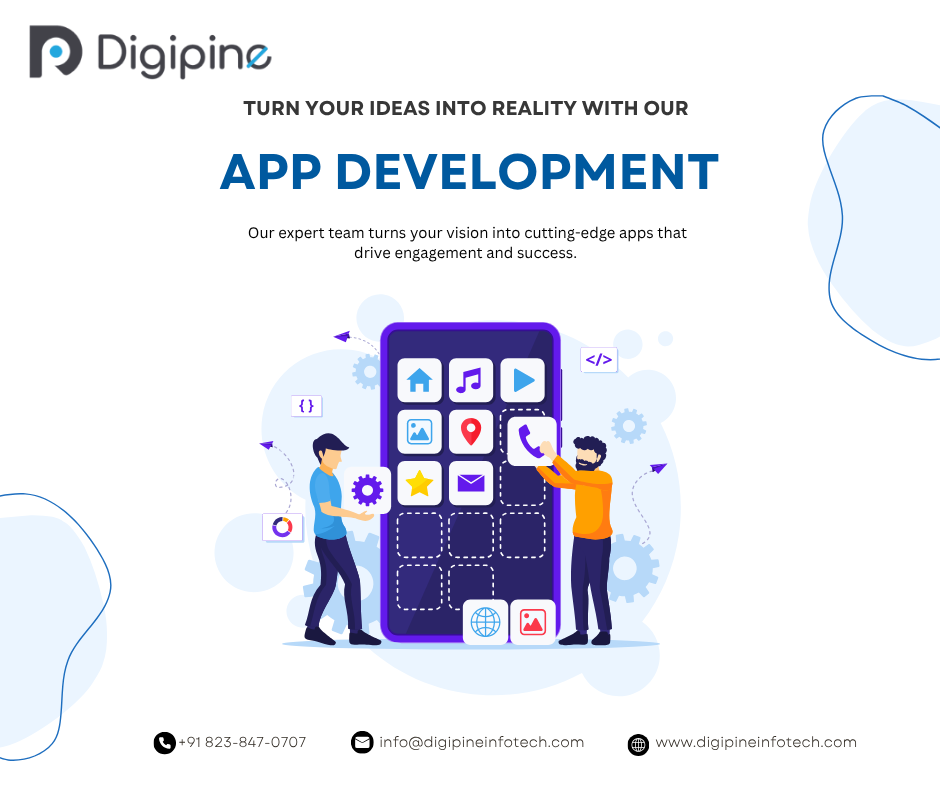Nowadays, customers demand mobile apps to not only be functional but also be quick, easy to navigate, and attractive. Bringing this balance is a delicate combination of both UI/UX Design & Wireframing and tough mobile app testing. Both of these factors combine to make an app easily usable, free of bugs, and well-tuned for actual usage on different devices.
Understanding the Role of UI/UX Design & Wireframing
Before writing any code, the success of an app starts with UI/UX Design & Wire framing. UX is concerned with the general experience and usability, while UI is concerned with the visual aspects like buttons, typography, and layout.
Wireframes are app designs. They specify the layout of every screen so that both designer and developer may comprehend the flow and interaction of the app. UI/UX design, if done well, guarantees that the users come across no issues when navigating through the app, can accomplish tasks quickly, and undergo a pleasant experience.
Including a properly planned wireframe and design right from the beginning tends to minimize development time, enhance functionality, and develop a more interactive product that will be used over and over again by users.
Why Mobile App Testing is Important
After an application has been designed and built, it needs to undergo mobile app testing to make sure all functionalities work as they should. This is done by detecting bugs, compatibility checks on various devices and operating systems, and making sure the user interface responds well in actual runtime conditions.
Mobile app testing incorporates both manual and automated tests, addressing areas such as:
Functional Testing – Does every functionality work well?
Performance Testing – Does the app support high traffic or stress?
Security Testing – Is the app secure against vulnerabilities?
Compatibility Testing – Is it functional on Android and iOS devices?
Usability Testing – Is it simple and delightful to use?
If not this important stage, an app will be more likely to ship with bugs, crashes, or poor performance, all of which can result in bad reviews and lost users.
The Strength of Design and Testing Together
While UI/UX Design & Wireframing is concerned with what things look and feel like, mobile app testing verifies that those pieces work. Together, they form a feedback cycle where design decisions are confirmed through testing. Further, these test helps to dictate the next round of design refinement.
As an example, let's say a wireframe contains a multistep form. Usability testing could show users falling short of completing it. On that basis, designers can make the form simpler, and testers can then check if the revised version is doing better.
This collaborative process leads to higher quality apps, accelerated release cycles, and a product that users adore.
Real-World Impact on App Performance
High-performance applications don't just occur overnight. They're crafted by a thoughtful combination of intelligent design and rigorous testing. Working to improve app success:
Lower Bounce Rates: Easy navigation and quick loading curb frustrations.
Higher Engagement: Gorgeous interface plus smooth operation keeps users coming back.
Greater Retention Rates: The more a user finds an app stable and easy to use, the more s/he tends to stay loyal.
The higher the ratings an app receives in app stores, the better for the business. Labs with UI/UX and internationalization know-how will gain 4- and 5-star ratings.
Apps that either skip full testing or disregard UI/UX design best practices will certainly have inferior performance, and that will lead to uninstalls and a bad reputation on the app store.
Best Practices for Success
To maximize your UI/UX and testing investments, keep the following best practices in mind:
Start Early: Don't wait until development is finished to start testing or designing the UI.
Test Often: Employ both manual and automated testing throughout the development process.
Prioritize User Feedback: Listen to what users are saying in beta testing or early reviews.
Design for Real Use Cases: Base wireframes on real user behavior and goals.
Optimize for All Devices: Testing of the mobile app should encompass a broad variety of screen sizes, as well as OS versions.
Why Choose a Partner Like Digipine Infotech
Selecting the appropriate development and QA partner does matter. At Digipine Infotech, we are end-to-end mobile app development experts with a keen emphasis on quality assurance and design. Our technical experts ensure your product is thoroughly tested for bugs, compatibility, and performance, while our designers craft intuitive wireframes and user interfaces that engage and convert.
We employ the latest tools and frameworks for UI/UX Design & Wireframing, preceded by high-security mobile app testing on real devices and cloud platforms. This guarantees the end product lives up to your expectations and outsmarts user expectations.
You are either creating a new app or enhancing an existing one; Digipine Infotech is here with the insight, organization, and dependability you need to dominate the mobile-first universe.
Final Thoughts
Today's app users won't stand for bad experiences. That's why UI/UX Design & Wireframing and mobile app testing are no longer optional; they're essential. A gorgeous app that crashes won't work. Similarly, a technically good app with maddening design will also fail to grab.
By integrating these services from the outset, companies can guarantee their digital offerings are working, engaging, and user-validated. Spending on design and testing upfront avoids expensive errors later on and creates apps users trust and love.
Ready to take your app to the next level? Have Digipine Infotech assist you in providing performance-based, user-centric mobile experiences.





Comments